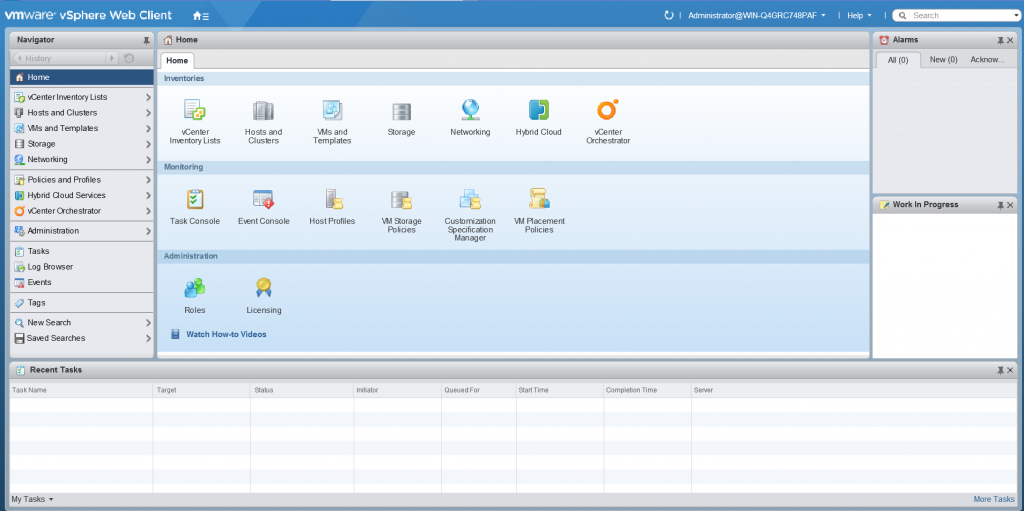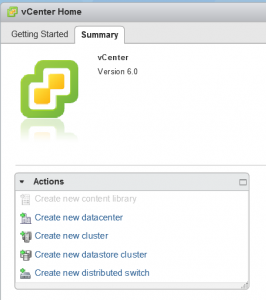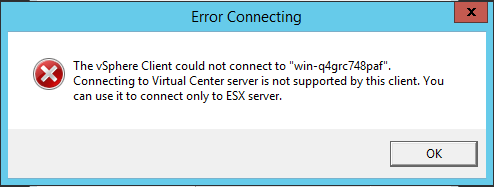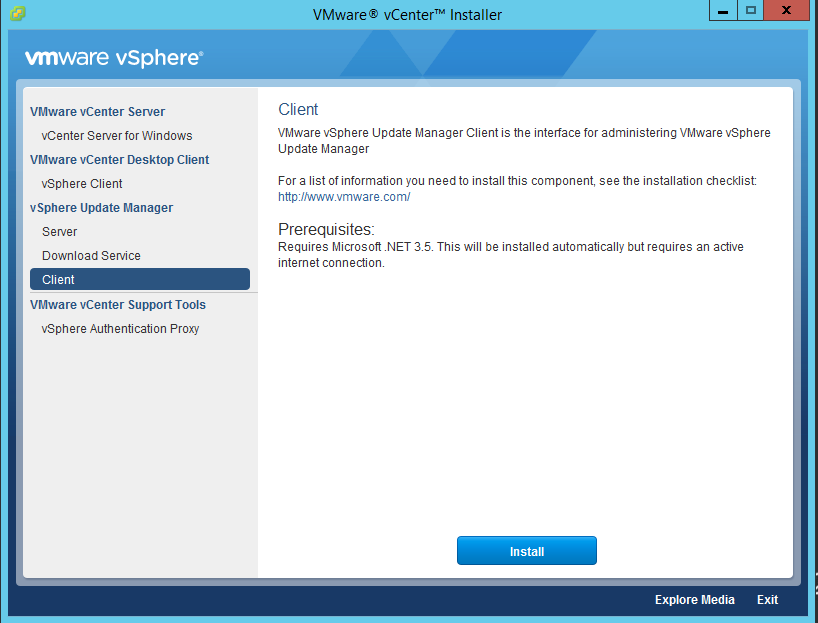During this years, some legacy components of the vSphere suite has been dropped, starting from removing (in vSphere 5.0) VCB, Converter Enterprise, Guided Consolidation, and the historical ESX Server. The latest removal was the TPS memory management (in vSphere 5.5 with latest patches).
In those year the old vSphere Client (the Windows client side) has been deprecated (from vSphere 5.1) and all new features and functions has been introduced only in the vSphere Web Client that is a web oriented client, multi browser and multi platform.
But for several operational tasks and for all the legacy vCenter plugin, the old vSphere Client was still necessary, and of course was necessary to manage a single ESXi host without having vCenter Server (the server part of the vSphere Web Client is a vCenter component). Also there were some limits in the Web Client.
And what about vSphere 6.0? There are still two clients or the rumors about the retirement of the lecagy client were true?
Actually there are still two different GUI clients (of course there are several CLI and API, but we are considering only the GUI clients):
- vSphere Web Client Enhancements: is the the only (GUI) client for manage vCenter Server infrastructures
- vSphere Host Client: it’s the legacy C#-based client, still available in this milestone that can manage hosts with VM running hardware versions 8 to 11
The new vSphere Web Client in functionally similary to the previous one, a little faster (but honestly was already fast enough, or at least not so slow, in the 5.5 version) and is becoming the default service at the HTTPS port (so you can reach it directly using https://vCenter_Name without adding custom ports and specific URL).
Streamlined component layout and optimized usability experience by flattening menus and navigation. And the new interface is organized more like the old vSphere Client, note for example the recent tasks that now is bigger and at the bottom of your screen:
There are also a lot several wizards (more than in the previous version) in order to help moving the first steps:
There are also a lot of references, included video, for each functions and this can really help people that are moving from the vSphere Client or also who is starting with vSphere and need to know more.
As written, there are several performance improvements in multiple areas including login, home page loading, action menus, related objects and summary views.
For more information see also:
- vSphere 6.0 Web Client: Still Flash, But Vastly Better User Experience
- VMware vSphere 6.0 Web Client Enhancements
- vSphere 6 Web Client
Why using the vSphere Client?
But the legacy client is still there, so what is its role and why (or when) you have to use it?
First answer is simple: you still need it to manage single hosts when the vCenter Server is not deployed or it’s not running (consider the case of a virtual vCenter Server, for example). Considering that the server part of the vSphere Web Client is a vCenter components, you cannot use this kind of interface until the vCenter Server is up and running. And this could be a dangerous dependencies, expecially if you plan to deploy vCenter Server in a VM.
During the first beta there was a onFlex-based host client (mainly a cached version of the Web Client), but will no longer be available, at least in this release.
In the vSphere 6.0 RC, the old client it’s only suitable for direct ESXi host connections. If you try to use the vSphere Client to connect to a vCenter Server you will receive this error message:
This was the behavior in the beta code! vSphere C# Client beta builds had only host client functionality enabled. With the GA build, you can use the vSphere C# Client to connect to vCenter to do all activities just the way you would have done with previous releases. However, all new features from vSphere 5.1 onwards are available only in vSphere web client.
Remember also that the old client can only manage VM with virtual hardware versions from 8 to 11 (11 is the new virtual hardware of vSphere 6.0), so be sure to upgrade all old VMs at least to v8 if you want to manage them also with this client.
For troubleshooting purposes there is read only support to the vSphere C# Client for compatibility levels 5.1, 5.5 and 6 aka virtual hardware 9, 10 and 11 features. This allows you to edit settings available in compatibility level 5 aka vHW8 and have access to view vHW9+ settings. The use case for this would be to connect directly to a host to add CPU or RAM to your powered off vCenter Server.
And what about VUM?
So that’s all? The vSphere Web Client when you are connected with the vCenter Server and the vSphere Client when you want to reach an ESXi host directly?
Not exactly… during the RC there was also a third client: the VUM Client! This was the behavior in the beta code! In the GA finally it has been re-integrated in the vSphere Client as a normal plugin.
VUM is another “legacy” component that is still alive, but is mainly the same of 5.x versions, with only a Windows components, not directly integrated with other vCenter components and still using a SQL Server database (by default the server part will install a SQL Express 2012 instance).
But VUM is also a (old) vCenter plugin, so how can you manage it if the new vSphere Client cannot connect to the vCenter and download this plugin? So solution is really tricky and is using the VUM Client, that mainly is the vSphere Client with only the VUM plugin… not elegant and not clean, but still a solution and it works.
In vSphere released with 5.5 and 5.1 U1 there was an integration between VUM and the vSphere Web Client where was possible:
- Attach and detach baselines and baseline groups
- View compliance and scan results
- Scan a selected inventory object
Now, operations such as creating baselines and baseline groups, importing ESXi images, staging, and remediation are available only from the VUM Client (or at least in the beta was limited only to the new VUM Client). Let’s hope that in the next release VUM will be replaced by a new component, better integrated with other vCenter objects and fully available in the Web Client.
















